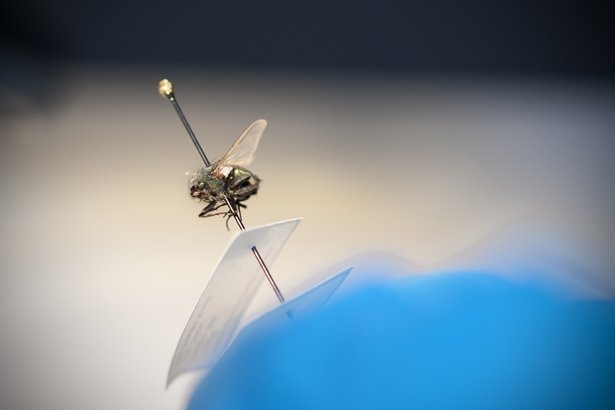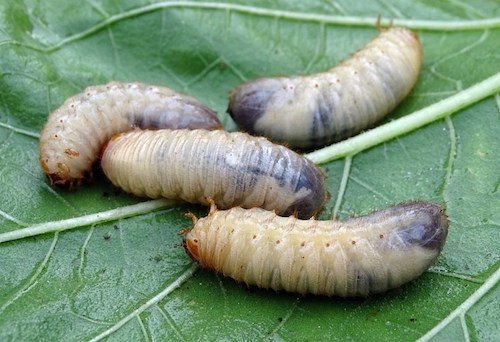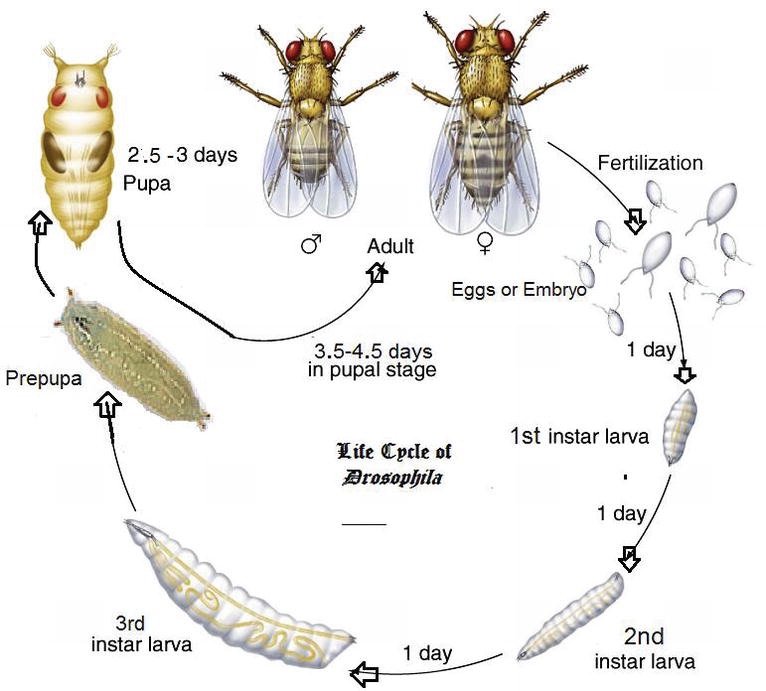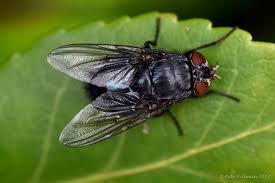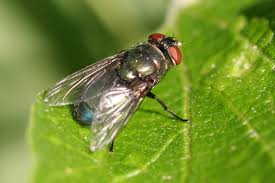SESSION 3
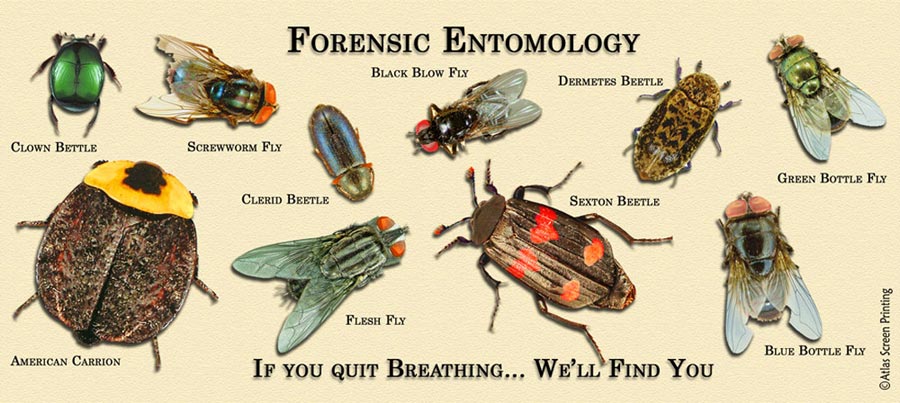
Source: bioquipinc.com
NOTE TO STUDENTS
Students from the below groups will receive PIN numbers via email weekly to access activities on my iDoceo Connect platform and submit their exercises for correction.
404, 407, 412, 420, 435, 447P, 462, 480 and 481
The solutions to exercises will be published when the above groups have submitted them.

